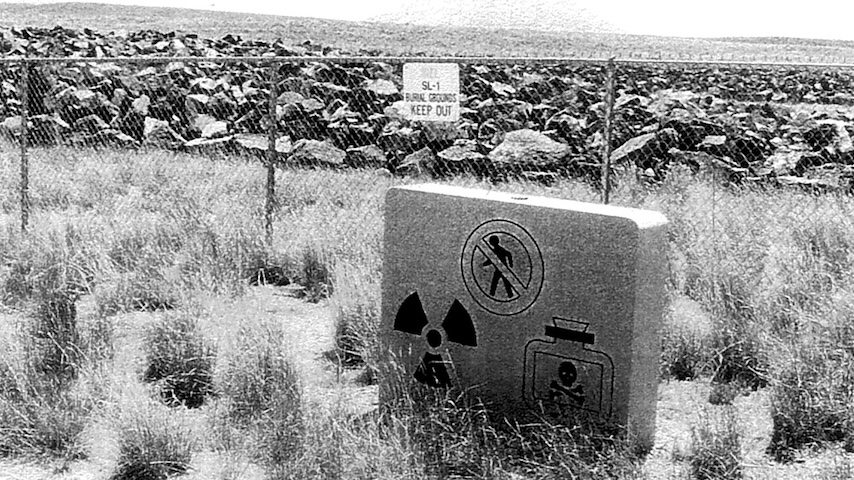Red States Sue to Limit Nuclear Regulatory Commission’s Authority. Also Happy Anniversary to the Deadliest U.S. Nuclear Accident.
Photo by John R. Giles, EPA/Wikimedia Commons
Texas and Utah, along with a company called Last Energy, have filed a lawsuit against the Nuclear Regulatory Commission aimed at limiting the agency’s authority to license certain nuclear power facilities in the U.S. Also, 64 years ago on Friday, the deadliest though little-known U.S. nuclear accident occurred at an Idaho military facility. These are two things.
In the lawsuit, filed on Monday, Texas, Utah, and Last Energy claim that the authority granted the NRC in the 1954 Atomic Energy Act should not extend to small modular reactors, or SMRs. These reactors, which more or less do not yet exist in the U.S., are in theory much smaller, easier to build, and potentially less dangerous than their enormous, gigawatt-scale cousins that still provide between 15 and 20 percent of U.S. electricity. Some SMRs are intended to get as big as 300 megawatts, but Last Energy’s are in the 20 MW range, which they claim would thus present very little risk to the public.
The NRC, the complaint colorfully alleges, “does not really regulate new nuclear reactor construction so much as ensure that it almost never happens.” SMR’s have now been dancing around the horizon for years, in theory the centerpiece of a grand new age of nuclear progress that could sidestep the enormous cost overruns and years or even decades of delay that have plagued non-China nuclear industries everywhere. Big companies like Amazon have made big splashy announcements of deals to build out SMR capacity, and the idea in general gets bipartisan support; none of it has arrived yet, of course, and the supposedly first SMRs in the US have themselves seen delays and cost bumps and then just abandonment.
This attempt to short-circuit the regulatory environment around nuclear power is perhaps inevitable in the age of Dead Chevron, after the Supreme Court more or less gutted federal agencies’ ability to regulate things. We can leave the specific arguments on the radiological risks of a 20-MW reactor (which seem to be Lego-ed together into bigger facilities, so… hm) to the experts, but with nuclear power on the mind, a quick detour into January 3, 1961, in Arco, Idaho.
I have told the longer story elsewhere, but quickly: three men were working on the SL-1 reactor site at a military facility in Arco when one of them inexplicably pulled out a control rod as much as 20 inches — enough to make the reactor go “prompt critical.” Four milliseconds later 20 percent of the nuclear fuel has melted, and steam hits the reactor housing with a force of 10,000 pounds per square inch. Two men are killed instantly as the thing explodes, one dies a little while later from a head wound. One is impaled by a reactor piece to the ceiling; it takes six days to get him down with a specially operated crane, during which time he has not yet begun to decompose, because radiation has killed all the microbes.
Incidentally, if you scroll to criterion 25 and 26 from the NRC’s “General Design Criteria for Nuclear Power Plants,” you would find some requirements based on something previously known as the “one stuck rod criterion,” in which doing exactly what the men at SL-1 did would not, in fact, kill everybody in the room.
The SL-1 reactor had a capacity of about three (3) megawatts.